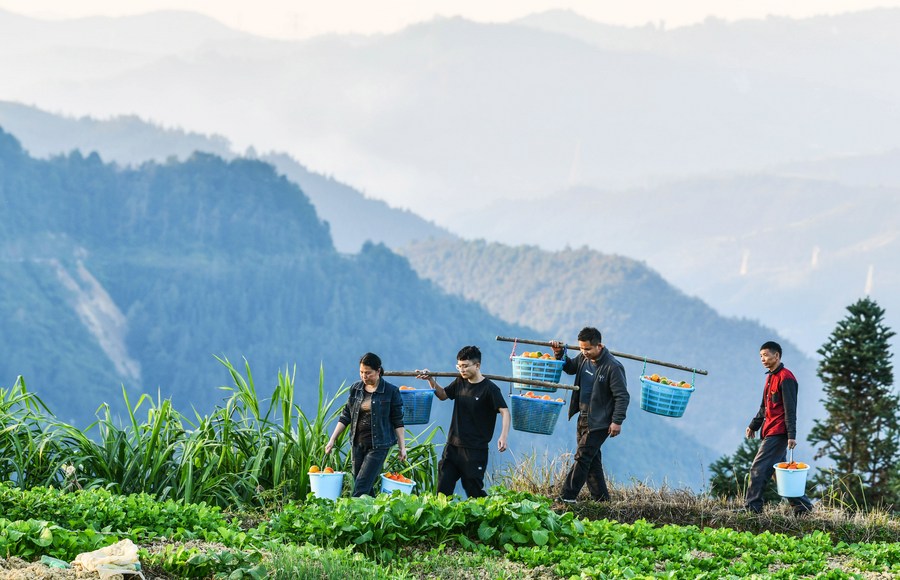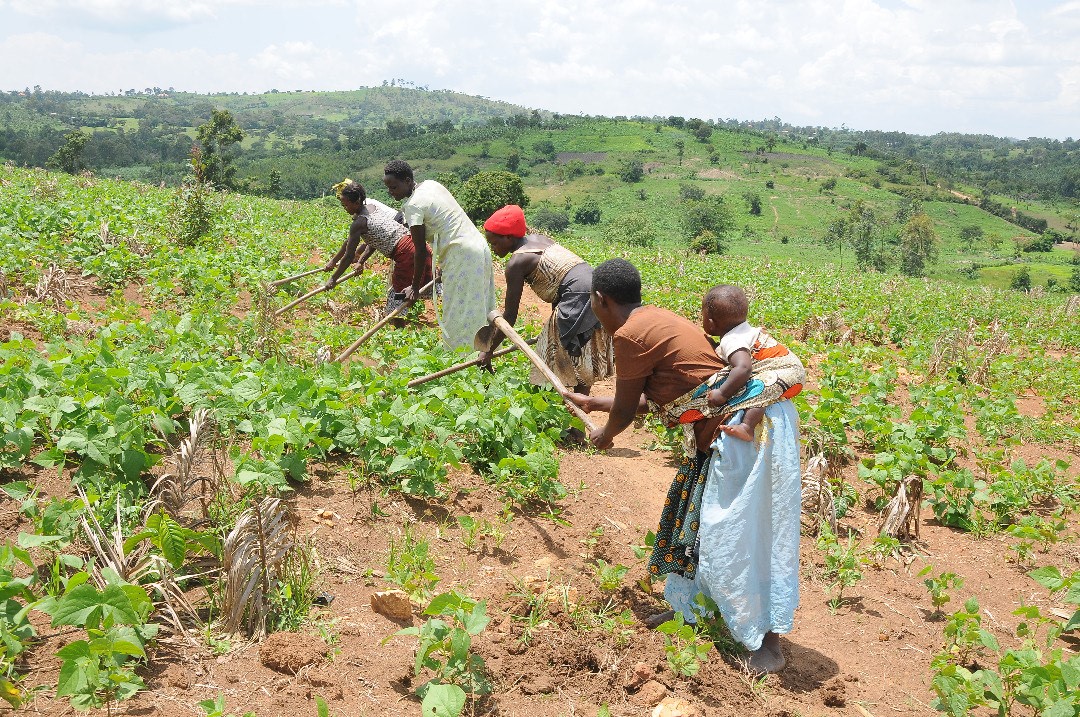As a late-developing country, there are remarkable lessons Uganda can draw from China’s transformative journey in alleviating widespread poverty and modernising agriculture. Over the last four decades, China has lifted 800 million people out of poverty, a feat unparalleled in history. Part of the strategy through which this rapid and broad transformation was achieved came via agricultural modernisation and well-targeted poverty alleviation schemes. In Uganda, we still have a majorly agrarian-based economy, with over 70% of the population earning a livelihood from agricultural production. Even then, only 23.7% of the GDP of the country comes from agriculture, with services and industry contributing the rest. This underperformance by agriculture is mainly due to the use of backward farming methods, which subsequently lead to low productivity, which problem China overcame, and can thus provide compelling lessons.
Conceived in 1978 and established in 1982, the Household Responsibility System (HRS) is the current arable land system in rural China, and is highlighted as the foundation of China’s agricultural modernisation. Its major contribution was that it incentivised farmers by granting them long-term user rights on land, which led to increased productivity. This saw an 8.2% annual growth registered from 1978 to 1984, thus causing a significant improvement in the incomes of rural dwellers. Besides this, China managed to develop high-yield varieties of crops by investing immensely in mechanisation and agricultural research and design (R&D). While Uganda’s rate of agricultural mechanisation stands at around 10%, China ranks at 72%, which explains its high yields. And whereas China invests about 5% of its agricultural GDP on R&D, Uganda spends less than 1%.
Farmers usually make big post-harvest losses because they do not have access to secure storage facilities and are disconnected from markets due to dilapidated rural roads. China, therefore, invested heavily in developing rural infrastructure, which reduced post-harvest losses and connected farmers to markets. Today, even the remotest areas have access to markets, and food production has seen significant improvement and stability. As early as 2018, roads had been paved in 98% of China’s villages. The internet age also opened opportunities for farmers to practice digital agriculture through mobile apps, which link them directly to consumers, hence increasing profits by cutting out predatory middlemen from the trade loop.
In 2013, China began the serious implementation of programs directed towards poverty alleviation. They used a multifaceted strategy, combining well-curated projects of agricultural modernisation with targeted interventions in key areas. Poor households were carefully selected by authorities, and solutions tailored to their needs and challenges were applied. Some communities got a fiscal push through microcredit injected into their businesses, while others received vocational training to skill them for productive enterprises. Other highly disadvantaged communities were relocated to areas with more economically viable employment opportunities. Thus, by 2020, over 9.6 million people had been relocated by the Chinese government to areas with better access to services from their previous settlements, where living conditions were inhospitable and economically backwards. Since rural areas often suffer structural barriers to progress, such as poor healthcare and dysfunctional educational infrastructure, the Chinese government also invested in rural education and healthcare to increase school attendance and literacy rates.
The strategies employed by Uganda’s government have so far not succeeded in alleviating poverty or transforming agriculture. From NAADS to OWC, and recently PDM, change seems to happen only in the vocabulary of government programs, not the conditions of those targeted. We still have 21% of the population surviving below the international poverty line, most of whom are part of the 80% rural residing population of the country. Uganda’s farmers remain mostly peasant and dependent on the probabilities of nature, like rain-fed agriculture, for economic survival.
One of the main obstacles preventing wide-scale commercial agriculture in Uganda is the complex land tenure system, which divides land into customary, freehold, leasehold and Mailo land systems. This mix has rendered insecurity and land disputes commonplace, thus not only hindering business but also tying down capital in court battles due to the countless suits registered over land annually. China’s HRS system, where land is state-owned, can be a good model for Uganda to benchmark reform. Pilot projects can be launched whereby farmers are given long-term user rights over large parcels of land to try out technologically advanced farming methods for improved productivity.
We cannot hope to have transformation when only 20% of rural roads are paved. The government must invest in transport infrastructure linking productive agricultural hubs to markets in urban centers. We also must have food processing factories to add value to our harvests and export to the international market. But roads and railway lines are simply hard infrastructure. We must also invest and harness soft infrastructure like the internet, because e-commerce platforms are key in revolutionising market access for farmers, as happened in China.
All this must be done while paying attention to Uganda’s unique political and economic context, since factors like Uganda’s highly heterogeneous ethnic spread can demand attention for localised approaches to poverty alleviation programs and land reforms.
The writer is a senior research fellow at the Development Watch Center.


 Food and Agriculture Organisation Uganda country Representative Antonio Querido (maroon shirt) with Chinese ambassador to Uganda Zhang Lizhong (3rd right) the fingerling stocking activity at Aquaculture Research and Development Centre in Kajjansi on June 12, 2023 (Photo: Daily Monitor/ABUBAKER LUBOWA )
Food and Agriculture Organisation Uganda country Representative Antonio Querido (maroon shirt) with Chinese ambassador to Uganda Zhang Lizhong (3rd right) the fingerling stocking activity at Aquaculture Research and Development Centre in Kajjansi on June 12, 2023 (Photo: Daily Monitor/ABUBAKER LUBOWA )

